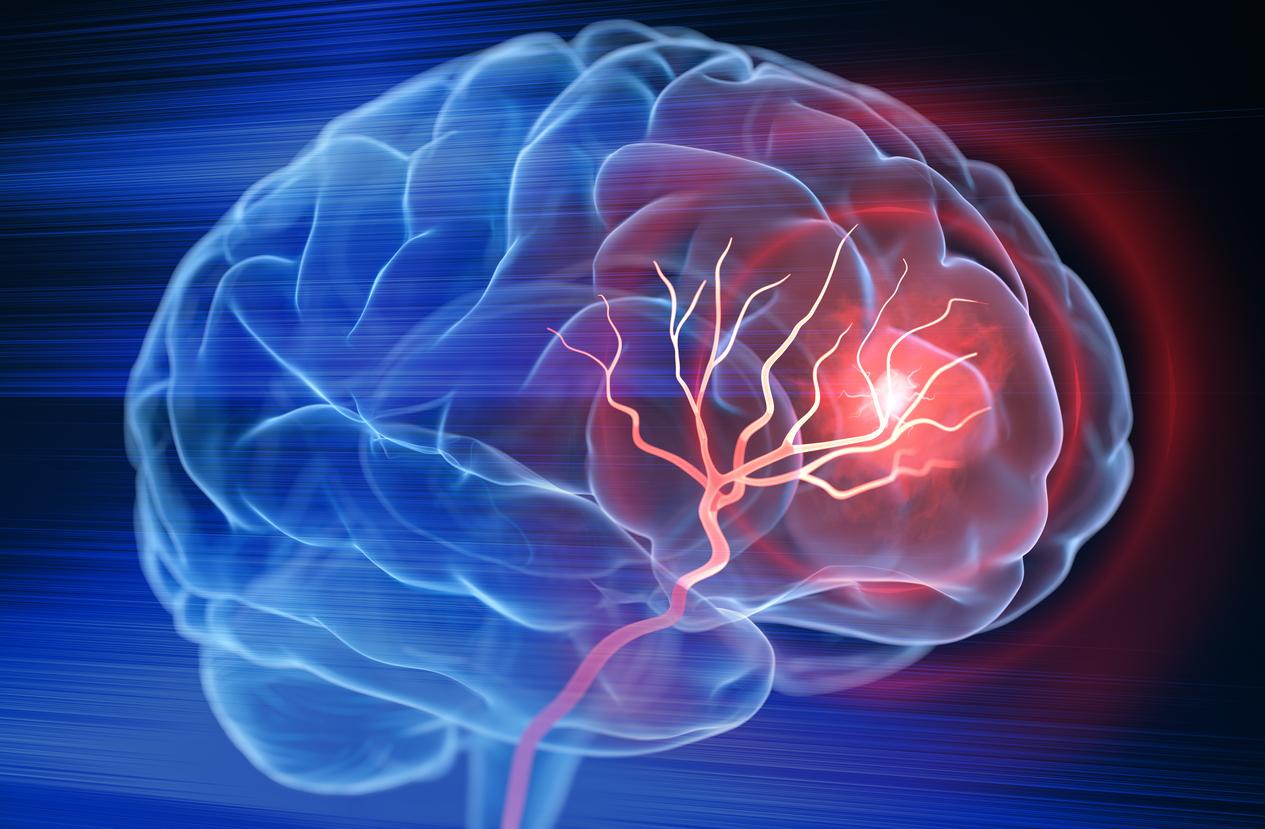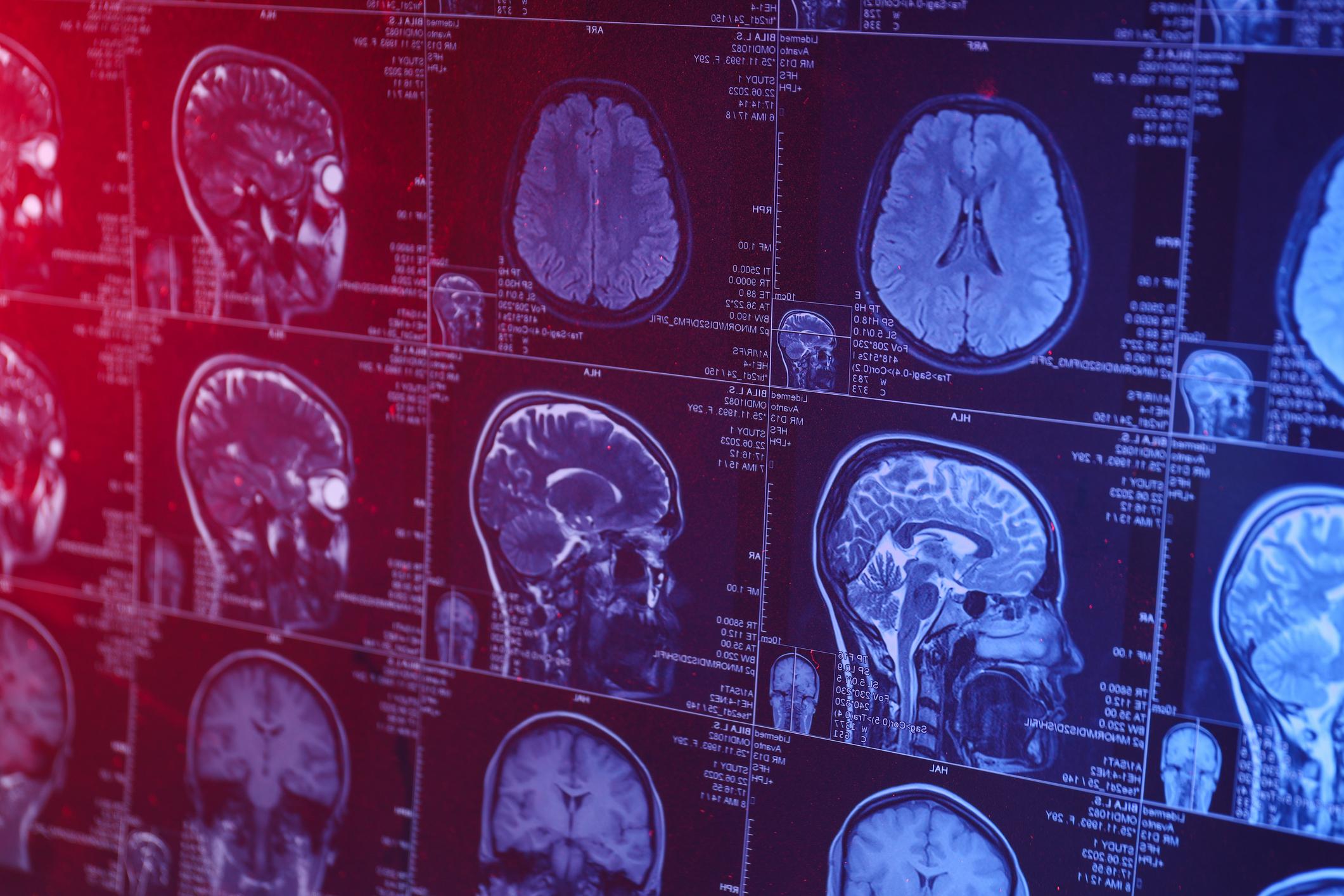According to a study, two areas of the brain, the prefrontral cortex and the cingulate cortex, of people with fibromyalgia are turned off when in pain, which could explain the disease.

- Fibromyalgia is a chronic disease characterized by significant pain.
- According to a study, it could be the consequence of a dysfunction of certain areas of the brain.
- The prefrontal cortex and the cingulate cortex of sufferers are dysfunctional, and these areas are linked to pain.
Fibromyalgia is a mysterious disease. Scientists are struggling to understand its precise causes. For now, only a set of factors seem to explain the symptoms: diffuse pain, severe fatigue, sleep disturbances and high sensitivity to pressure. According to German researchers, disturbances in the brain could be an explanation for the onset of the disease. In the specialist journal NeuroImage: Clinicalthey explain that certain areas of the brain, linked to pain, do not function normally in people with the disease.
Fibromyalgia: when the pain is impossible to manage
“For people with chronic pain, the inability to control repeated attacks of pain is one of the most important causes of impaired quality of life.explains Benjamin Mosch, lead author of the study. And yet, the underlying neural mechanisms have so far been mainly studied in healthy controls.“
In this new study, the researcher from the Ruhr University in Bochum has chosen to compare the brains of people with fibromyalgia to those of healthy people. In total, there were two groups of women, generally more affected by the disease than men: 21 healthy participants and 23 patients with fibromyalgia. “Both groups were exposed to heat pain while their brain activities were monitored by functional magnetic resonance imaging., say the authors. In one experiment, the participants had to interrupt the pain source themselves; in another, a computer controlled it. But the scientists have made sure that the durations are identical.
Fibromyalgia: areas of the brain that no longer regulate pain
When the women in the healthy control group were able to end the pain stimulus themselves, a number of mainly frontal brain areas were activated, “which seems to play an important role in the modulation of pain”, according to the authors. But they observed that brain activity was altered in patients with fibromyalgia in two areas: the prefrontal cortex and the cingulate cortex. At the same time, they also noted a decrease in functional connectivity and gray matter volume in areas linked to pain modulation. “This may become evidence of impaired pain processing in fibromyalgia patients, estimates Martin Diers, co-author of the study. This indicates that cognitive resources for coping with acute pain are impaired in these patients.”
Fibromyalgia: what are the possible pain treatments?
These discoveries could improve the management of the pathology. Because as theHealth Insurance“the origin of fibromyalgia pain not being known, there is no specific treatment allowing the cure of fibromyalgia”. The drugs available can relieve the symptoms but they are used as a second intention. At first, doctors suggest a “rehabilitation physical”, it consists of reconditioning the muscles to reduce pain, stress and fatigue. It can be walking, swimming or stretching. When this is not enough, multidisciplinary care is recommended.

















